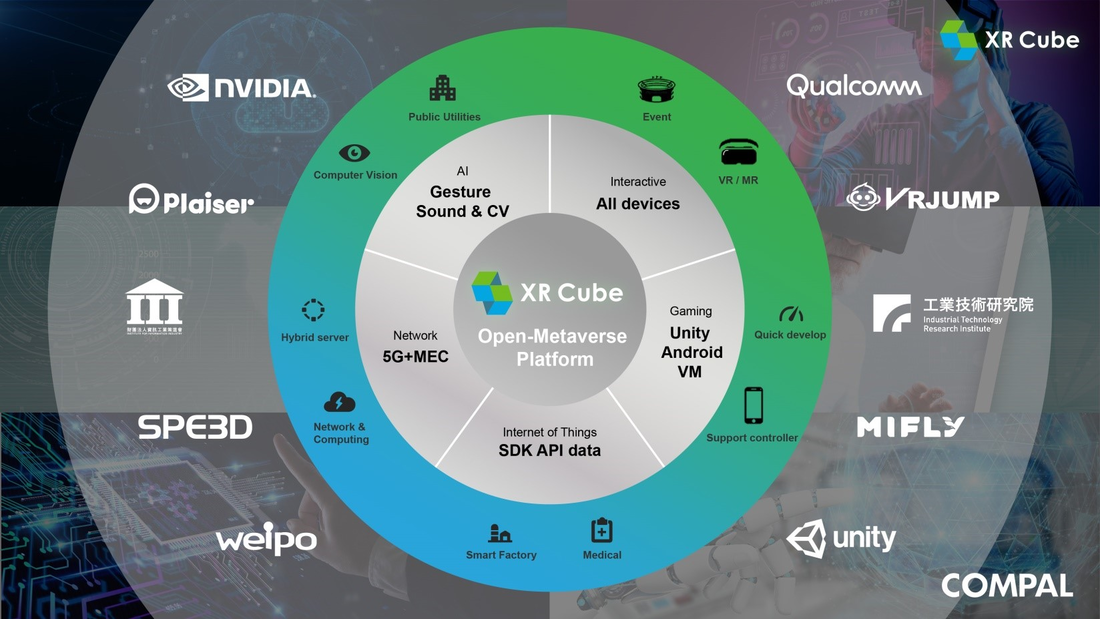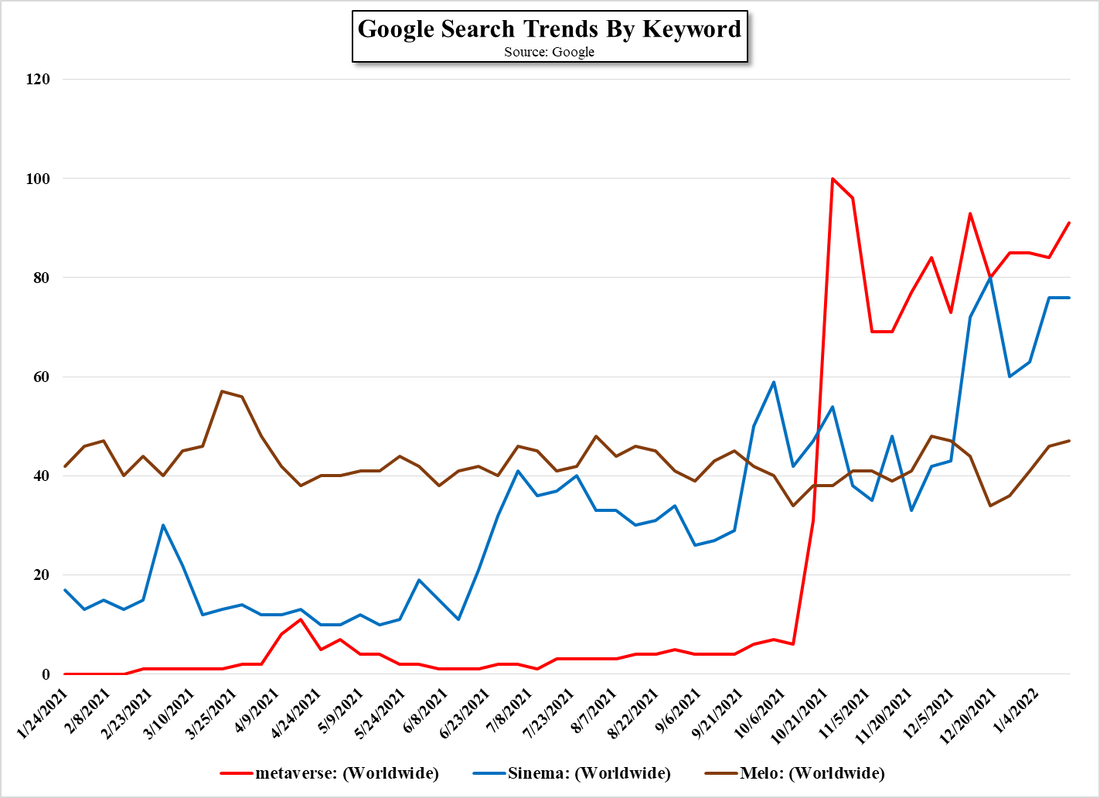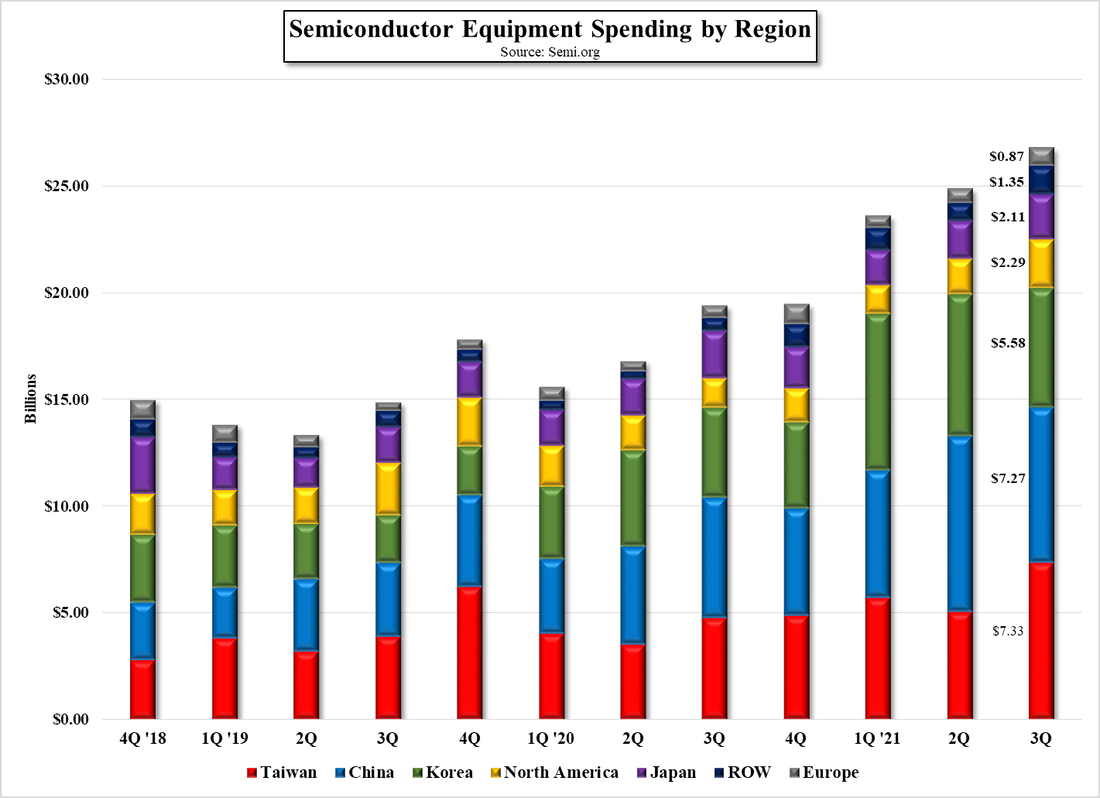Success in the Metaverse?
As the Zepeto platform is available for smartphones, it is visualized in 2D[1] and is essentially a relatively simple walk-through with a few interactive points, much like a simple game or social site, so calling this the Metaverse is like calling a house cat a ‘wild carnivore’ because it eats meat based processed canned cat food. So we place little credence in this Samsung attempt to step into the bold new world of the Metaverse. If one looks at the evolution of selling on the internet, one of the most innovative advertising tools was the ability to spin an image in any direction to see parts of the item that were not visible in the static image, and most product channels still do not have that capability, with most using multiple clickable image views, so a cartoonish avatar that can hold a descriptionless vacuum cleaner while listening to a radio does little other than act as a curiosity that Samsung marketing feels obligated to present. If Samsun were willing to offer up the real data on site visitors, such as age, lead generation, sale completions, and return visits, it might offer some insight into the characteristics needed to actually sell items in the Metaverse, as opposed to just promoting the idea that the company is a hip and happening Metaverse participant.
[1] We thank The Verge for providing My House screen shots.














 RSS Feed
RSS Feed